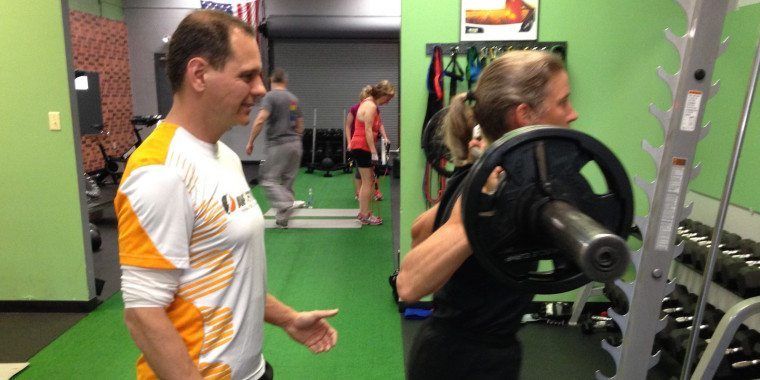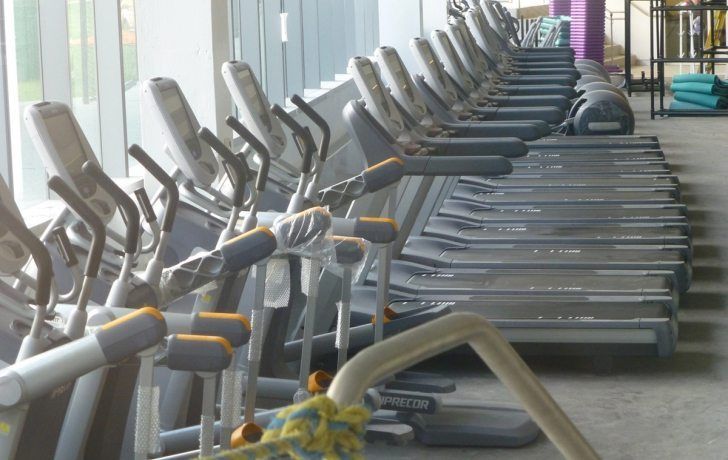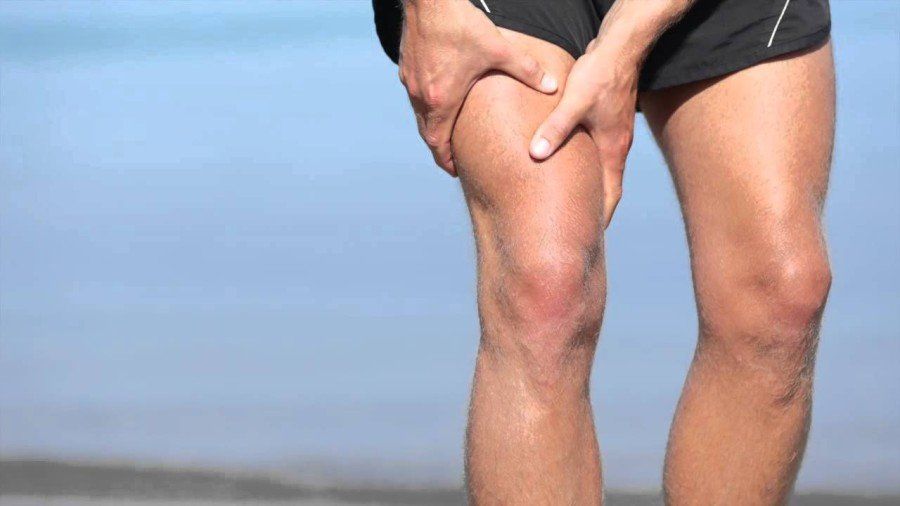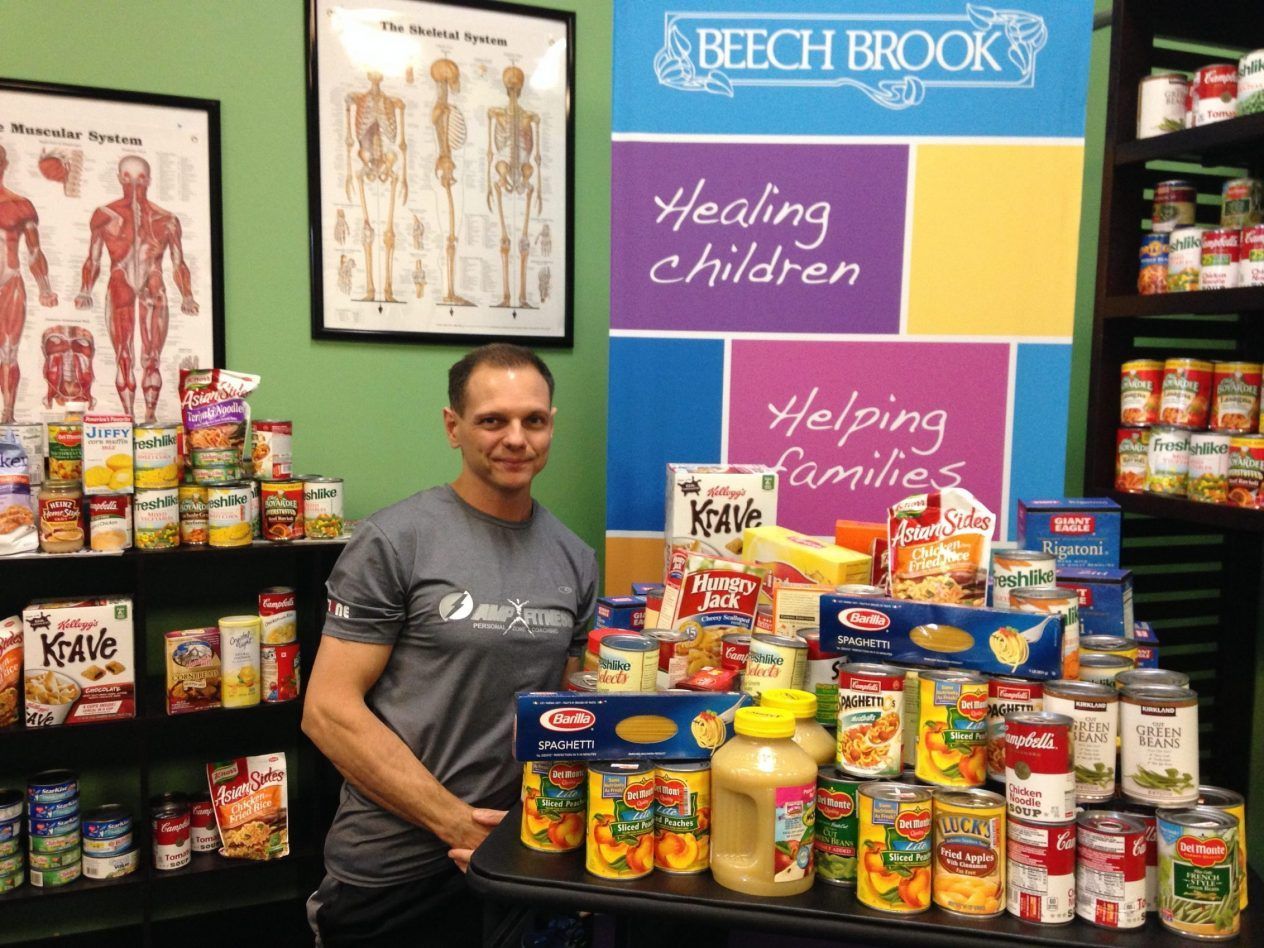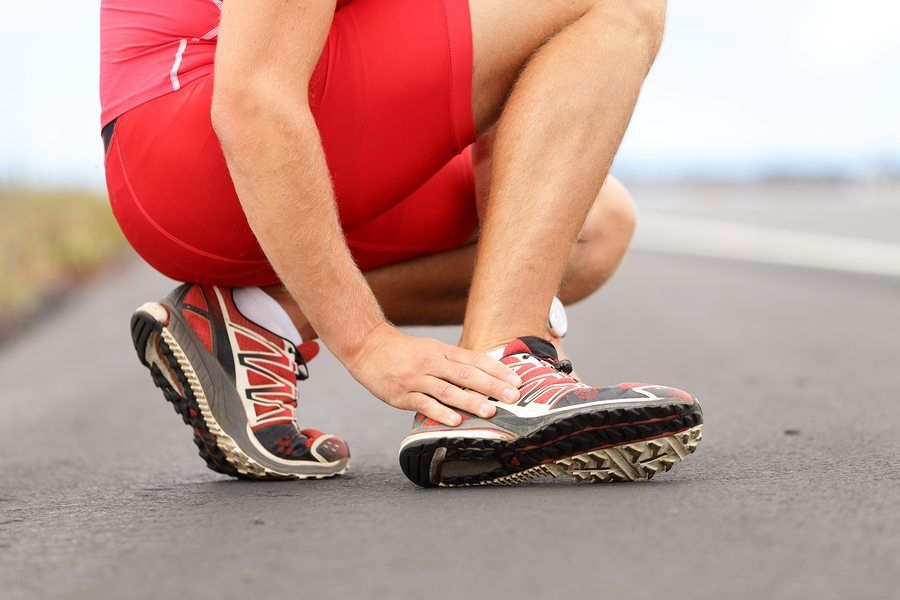A sprain is an injury to a ligament, while a strain is an injury to a muscle or tendon. No matter which one you have, it can result in lost time from your workouts.
According to the American College of Sports Medicine, A sprain is an injury to a ligament, the strong bands of tissue that connect a bone to another at a joint. The severity of a sprain can be classified by the amount of tissue tearing, impact on joint stability, pain and swelling.
A first degree sprain is the mildest and involves little tearing, pain or swelling, and the joint stability is good. A second degree sprain has the broadest range of damage, with moderate instability and moderate to severe pain and swelling. A third degree sprain is the most severe as the ligament is completely ruptured, the joint is unstable, there is severe pain and swelling, and other tissues are often damaged.
Related: Understanding delayed onset muscle soreness
A strain results in damage to muscle fibers and to the other fibers that attach the muscle to the bone. Other names for a strain include “torn muscle,” “muscle pull” and “ruptured tendon.”
A first degree strain is the mildest and involves little tissue tearing; mild tenderness; and while there is pain, you will still have full range of motion. A second degree strain results in torn muscle or tendon tissues; painful, limited motion; in addition to some possible swelling or depression at the spot of the injury. A third degree strain is the most severe, resulting in limited or no movement, along with severe pain that may diminish after the initial injury.
Acute Treatment
There are several decisions you must make when you injure yourself, including how serious the injury is and whether you should go to a health care provider. Look for deformities, significant swelling and changes in skin color. If there are deformities, significant swelling or pain, you should immobilize the area and seek medical help. Many fractures will not cause a deformity.
Treating a sprain or strain
Management of both sprains and strains follows the PRICE principle.
P – Protect from further injury
R – Restrict activity
I – Apply ice
C – Apply compression
E – Elevate the injured area
This PRICE principle limits the amount of swelling at the injury and improves the healing process. Splints, pads and crutches will protect a joint or muscle from further injury when appropriately used (usually for more severe sprains or strains). Activity restriction, usually for 48 to 72 hours, will allow the healing process to begin. During the activity restriction, gentle movement of the muscle or joint should be started.
Related: 4 ways massage therapy enhances your workout
Ice should be applied for 15 to 20 minutes every 60 to 90 minutes. Compression, such as an elastic bandage, should be kept on between icings. You may want to remove the bandage while sleeping, but keeping it compressed even during the night is best. Elevating the limb will also keep the swelling to a minimum.
If you suspect more than a mild injury, cannot put weight on the limb, or it gives way, you should consult with a health care provider.
Rehabilitation
The next stage of rehabilitation begins following the first 48 to 72 hours. The second stage focuses on gentle movement of the muscle or joint, mild resistive exercise, joint position training and continued icing. During this stage, you may gradually return to more strenuous activities, such as strengthening. Pain should remain low during rehabilitation. If pain increases, it usually means you have attempted to do too much.
Throughout your recovery you can still maintain an aerobic training program. Options for training include stationary bicycling, swimming, walking or running in the water. If the injury is more than mild sprain or strain, it is best to consult your health care provider.
